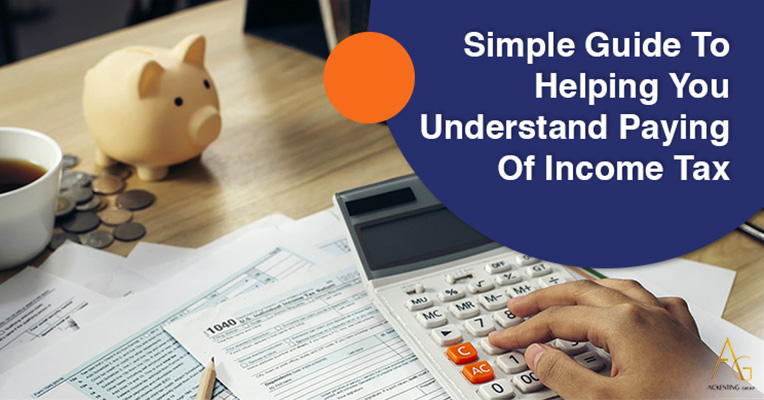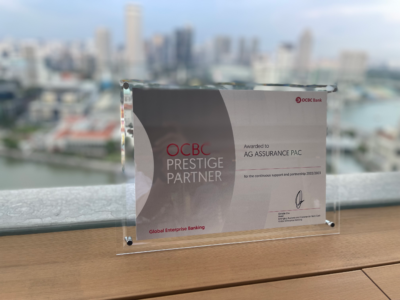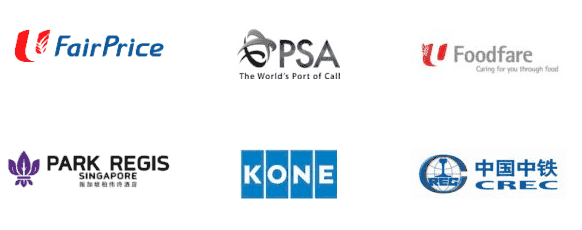Paying Of Income Tax in Singapore Simple Guide
Income tax in Singapore might be one of the most burdensome aspects that no individual wants to pay but have to pay it. It is imposed all around the world on every organisation and individual by governments, of which the money is used to provide and upgrade various facilities and infrastructures.
Income tax is calculated according to a fixed percentage of your annual net income. Your income tax might vary depending on the country. As of 2022, Ivory Coast has the highest personal income tax rate of up to 60 per cent, with Puerto Rico holding the first place as the country with the highest corporate tax of up to 37.5 per cent.
This is a considerable contrast with Singapore, which currently has a maximum 22 per cent income tax rate and a maximum 17 per cent corporate tax, placing them among the world’s lowest rates. Hence, it is one of the key reasons why many individuals from all over the globe are sourcing for work here.
Who is required to pay income tax in Singapore?
According to IRAS (Inland Revenue Authority Singapore), every organisation and individual, regardless of PR holders or Singaporeans, have to pay income tax at the end of the financial year if they are earning Singapore dollars. One can always engage an accounting firm like Ackenting Group for various tax services for ease of paying process. Nevertheless, you are required to pay income tax if your gross income is an average of $22,000 a year and you fulfil any of the conditions below:
- You are earning Singapore dollars
- You are working in a foreign country, but your employment status is listed in Singapore
- You are a PR holder or Singaporean
- You are a foreigner and earning Singapore dollars for a minimum of 183 days.
- Note:Company directors are not included in this specific condition
Who does not need to pay income tax?
- If your income comes from a foreign source outside Singapore and provided you do not receive it through a partner organisation in Singapore
- If your income is acquired as interests from licensed finance businesses or bank deposits
- If your income is acquired as interest from certain annuities, insurance or debt
Taxable vs Non-taxable
Not all sources of income are taxable. Taxable income includes salary, rent acquired from properties, salary bonus, director’s fee, and self-employed income. Non-taxable income includes capital gains from stocks, received pension, lottery wins, capital earnings from a property, and CPF life payouts.
How much income tax do I need to pay?
Depending on your gross annual income, your income tax rate might range from 0 per cent up to a maximum of 22 per cent.
- $1 – $20,000 = 0% income tax
- $20,001 – $30,000 = 2% income tax
- $30,001 – $40,000 = 3.5% income tax
- $40,001 – $80,000 = 7% income tax
- $80,001 – $120,000 = 11.5% income tax
- $120,001 – $160,000 = 15% income tax
- $160,001 – $200,000 = 18% income tax
- $200,001 – $240,000 = 19% income tax
- $240,001 – $280,000 = 19.5% income tax
- $280,001 – $320,000 = 20% income tax
- $320,000 and above = 22% income tax
Tax reliefs
There are tax reliefs that income taxpayers can claim should they meet certain conditions.
1. Parental tax relief
The Singapore government provides relief to parents who are starting a family. There are various categories with varying amounts of tax relief. For example, if you have a disabled child, the parents will receive tax relief of $7,500. For more information on parental tax reliefs, contact us.
2. Parents’ relief
If your parents are earning less than $4,000 a month and are older than 55 years old, you can claim your parents’ relief. However, you cannot claim if they are mentally or physically disabled.
3. Course fee relief
If you are attending a conference, seminar, or course that will result in the boosting of professional qualifications, you can claim up to $5,500 on registration, test, or exam fees.
4. Relief for donations
You can enjoy a tax reduction of 250 per cent of the donated amount if you contribute to a community chest or any approved IPC (Institution of a Public Character).
5. Life insurance relief
You can claim 7 per cent tax relief if you meet the necessary conditions
6. Retirement savings relief
You could claim tax reliefs of up to $8,000 if you made a cash top-up to yourself and another $8,000 if you made a cash top-up to your loved ones.
Conclusion
Income taxes are not as complex as you think, and there are many steps individuals can take to relieve a certain percentage of their income tax or organisations to lower their corporate tax. We hope that our guide has helped you gain some fundamental insights into income tax laws in Singapore.
Nevertheless, should you need more information or professional help with your income or corporate tax, feel free to contact us at https://ag-singapore.com/ or at +65 9383 2464.
















